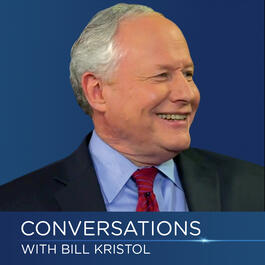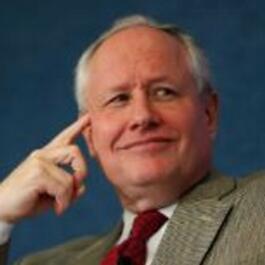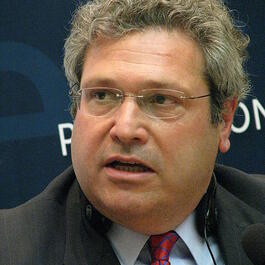
Robert Kagan on American Foreign Policy Between World War I and World War II—and Beyond
The period between World War I and World War II has long been a reference point in foreign policy debates, yet much about the period remains in dispute. Why did the United States turn away from internationalism after the First World War? Could the US have shaped an enduring liberal world order in the 1920s? To discuss these questions, we are joined by Robert Kagan, the historian and senior fellow at the Brookings Institution. According to Kagan, Usually the peace is lost at a time when the threats are not obvious, and the need to do something is not obvious. Drawing on his recent book The Ghost at the Feast, Kagan highlights the centrality of American leadership to any peaceful world order, and contends it was not inevitable the US would turn away from Europe and Asia in the 1920s. He draws particular attention to the interrelation of domestic politics to foreign policy, and considers the possibility of how under different domestic circumstances Woodrow Wilson’s internationalism might have succeeded. Kagan points to an enduring paradox of American foreign policy: Americans will not tolerate a real serious assault on liberalism in the world writ large, but they are perfectly willing to ignore what’s going on until that challenge appears unmistakably—and they feel they have no choice. Yet the decisions of the 1920s and 1930s, and of the last eighty years, reveal the profound consequences of inaction as well as action.
From "Conversations with Bill Kristol"




Comments
Add comment Feedback